In the previous part, I introduced modifications that are characteristic of Blackmore. In this part, I’ll continue to share useful insights for fans and Stratocaster enthusiasts.
Let’s dive in!
⇒ Modified a Ritchie Blackmore Stratocaster Using Products from Sound House - Part 1
■ Tremolo Arm
Montreux / Montreux RB Moon Stainless Arm Inch [9689]
This is a part that is very familiar to Blackmore fans. Regarding the arm, he often used a thick, iron-like arm since the second era of Deep Purple, but after the latter days of Rainbow, he has done less aggressive arming.
During his Rainbow days, he used to attach an arm that was about 30cm long, which was twice the standard length, to one of his standby guitars. It was a bizarre sight to see him maneuvering that, and I can’t help but wish I could have seen him arming it in the dressing room.
In March 1984, during a performance in Japan, he unveiled an ‘arc-shaped arm’ that had a strong presence.
I didn’t know that such an arm had been released for many years, but Sound House sells this niche product.
While it might be fine to use more intense tremolo units like Floyd Rose or Kahler, it’s generally better to avoid excessive use of classical synchronized tremolo units due to their historical significance.
As a professional, Blackmore likely doesn’t worry about costs and time for his ‘tools of the trade’, but amateurs cannot compete with professionals regarding the costs of new parts, repairs, and turnaround times. Therefore, moderate use is preferable.
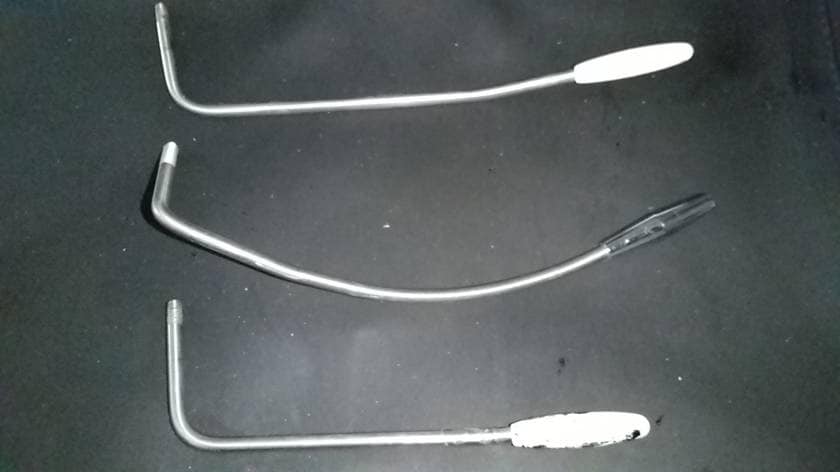
[Center] A replica of the arm that Blackmore favored around 1984. Although he has used straight arms for many years, this one probably has the most character. The shorter arm below resembles the main Strat’s arm of Pink Floyd’s David Gilmour, designed for subtle vibrato control.
■ Synchronized Tremolo Unit
Freedom Custom Guitar / SP-ST-01 Nickel
Blackmore didn’t particularly fuss over the material of the tremolo unit. However, the balance between the tremolo spring and the tremolo unit itself likely holds a wealth of secrets unique to super guitarists. For Blackmore, the saddles are basically left as die-cast.
Previously, I conducted a blind test comparing a vintage iron-pressed saddle and a die-cast saddle, and while there were tonal differences, both produced musical sounds that I found pleasing.
When it comes to high-priced tremolo blocks, they often have a refined resonance. Therefore, I believe Blackmore doesn’t necessarily need to change them if he’s looking for loud sounds.
One downside of original Fender parts is that adjusting the sixth string’s octave can be challenging, and I learned that “Freedom Custom Guitar’s products are easier to adjust.” Compared to other synchronized tremolo units, this one is relatively reasonably priced, both in terms of material and function. I haven’t replaced my unit with this product.
There are two more points to keep in mind when using a tremolo unit:
Frequent heavy arming can leave marks on the saddles, which can snag during techniques like bending, causing strings to break prematurely before they degrade.
Moreover, if the arm is frequently used vigorously, the insertion hole can become enlarged, leading to wobbling and loss of function. Metal fatigue in the arm should also be considered, and depending on the frequency of arming, it’s wise to regard the tremolo unit as a consumable item to some extent.

This is a shot from the body side showing the synchronized tremolo unit. I struggle with the octave adjustment for the sixth string. Also, the screws sometimes catch in the holes for stringing, causing stress during string changes in the workflow.
■ Master Knob - Volume Control
This is it!! The ultra-modification of Blackmore’s Strat!! At one point, he used the volume knob from Fender’s semi-acoustic guitar Starcaster, a model from the late 1970s, called ‘Master’.
If you search for that now, it should be extremely rare. At least I can’t think of any way to obtain it. Since Fender is unlikely to make a new mold for it, if you find one, it would be a once-in-a-lifetime opportunity!
However, it has no bearing on the sound, and even if you show it off to young staff at regular music shops, they would probably just overlook it. I wonder if it’s possible to update the currently available signature models to install one?
If I were the director, I’d do it lol.
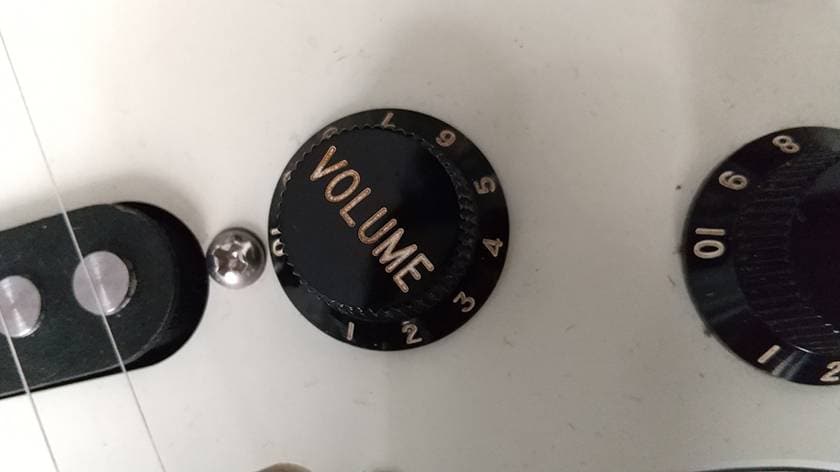
At one point, Blackmore used the Master knob from the Starcaster. It could either be surprisingly easy to find or a ‘rare part’ that’s extinct.
■ Tremolo Hanger
You might be inclined to ask, “What difference does it make to change this?” But if sound doesn’t change, high-priced items wouldn’t exist in the market. In reality, when I replaced it, the sustain slightly increased.
For instance, during live performances, when Blackmore improvises the intro to “Lazy”, he demonstrates “sound extension = sustain.” That’s the image. This tremolo hanger is made of titanium and doesn’t solder well. Since solder can flow, caution is necessary. However, it has an earthing feature for the parts, so there’s no need to worry. It’s a characteristic of titanium, so be mindful.
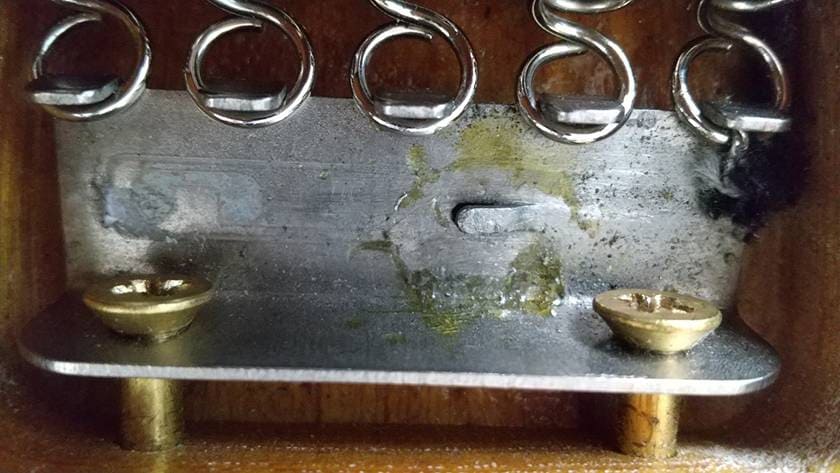
The titanium tremolo hanger is expensive and requires some knowledge for installation, but it indeed enhances sustain. This modification is considered suitable for advanced users. Currently, I have this modification applied to a Sunburst guitar, not on the Blackmore model, but I plan to swap it soon.
■ Tremolo Spring
Raw Vintage / RVTS-1 Tremolo Spring
This is a familiar part for Sound House users, and many Strat players have likely tried it.
It has advantages in both effect and cost, as the springs are soft and the replacement process is relatively easy. For Blackmore, springs affect the tremolo unit’s movement, so they should never be neglected, but as long as they stretch and contract accurately and are free from deterioration, there shouldn’t be any major issues.
Incidentally, Raw Vintage springs have a soft, gentle sound. However, when connected to a Marshall or other tube amp, and played at a decent volume, the sound pressure increases (a slightly casual way to say it is that it produces a ‘scary growl’!).
ESP / TREMOLO TONE SPRINGS Type-1
ESP / TREMOLO TONE SPRINGS Type-2
ESP also offers two types of high-quality products available for purchase at Sound House. Those with discerning ears and a keen interest may find surprising discoveries by blending several varieties.
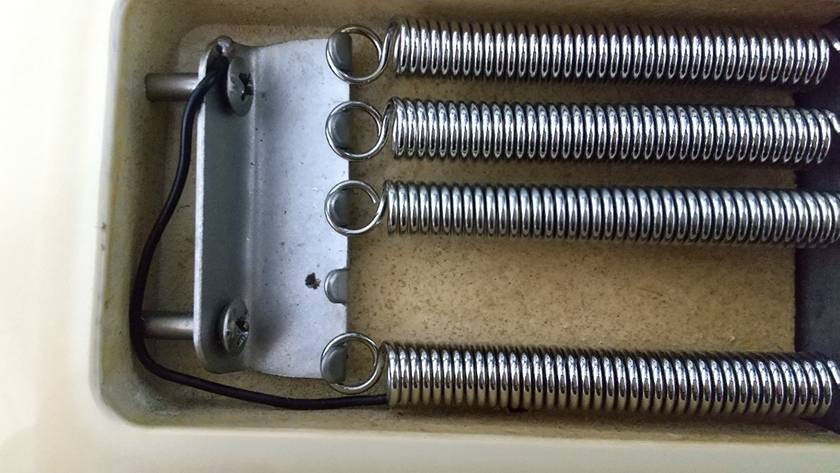
Raw Vintage springs are soft and easy to install.
■ Capacitor
MONTREUX / Retrovibe Cap “F69” [8985]
This modification involves electrical components for those interested in the electric circuit of electric guitars. Generally, mass-produced guitars come with inexpensive components, but since the 1990s, the trend toward higher-quality guitars has brought attention to such parts, and some now fetch several tens of thousands of yen each.
They are related to the compatibility of pickups and can sometimes enhance the clarity of sound. Additionally, there may be some changes in tonal quality, but it’s a part that can be quite challenging for beginners.
Of course, I’ve never seen the specific capacitor Blackmore uses, but this type would be the best at Sound House.
■ Jack
This is a part at the sound output. If you’re familiar with soldering, you can easily modify this. Even in high-end guitars, this part generally remains the same. While there’s not a dramatic change in sound quality, durability can be significantly different. This is the last step in the modifications I’ve made. Let’s push through until the end without cutting corners!
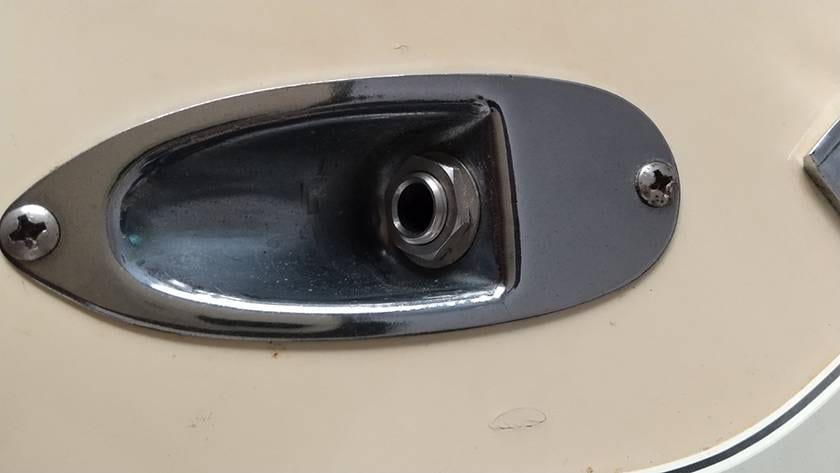
Don’t underestimate this part. It’s advisable to replace it to avoid situations where, during a performance, the cable is loose, and no sound comes through! You can always acquire a new guitar and think it through before making changes. Since it’s inexpensive, definitely consider modifying it!
■ Finally
From widely known modifications to ones that might make you question the necessity of such attention to detail, I’ve proposed various improvements. However, there’s one point to consider when modifying the guitar you purchased.
That is, “The philosophy of one extravagant aspect” doesn’t suit guitars.
For instance, adding high-priced pickups to a beginner’s model won’t yield good sound. Some experts claim that pickups determine half of a guitar’s tonal quality, but I believe the quality of the wood makes it easier to modify in the long run.
For a guitar, wood is like the ‘body’ of a human.
While pickups are generally likened to the ‘heart’, I’d compare other parts to ‘nice clothing’ (though there are various opinions on this...).
Even the king of violins, Stradivari, is said to have achieved great sound as a result of the environment in which the wood was grown (there’s a theory that the weather at the time affected the density of the wood grain, becoming crucial for sound).
Parts have generally evolved over time. Let’s enjoy and keep pushing forward!
The “sound & person” column is made up of contributions from you.
For details about contributing, click here.





![Montreux / Montreux RB Moon Stainless Arm Inch [9689]](https://www.soundhouse.co.jp/images/shop/prod_img/m/montreux_9689.jpg)
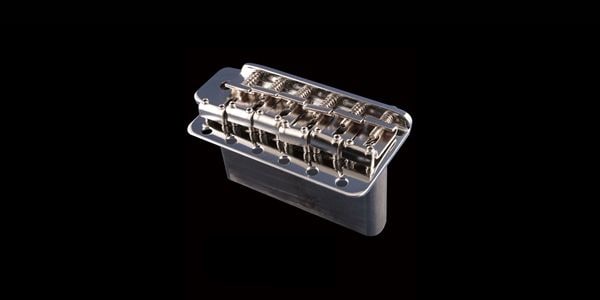
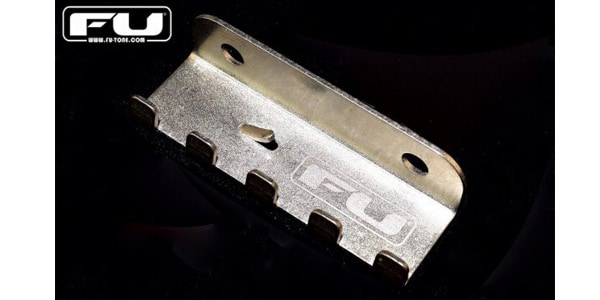
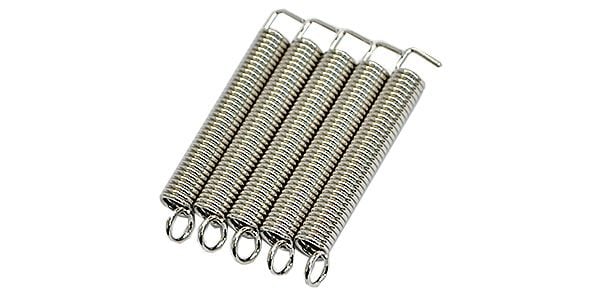
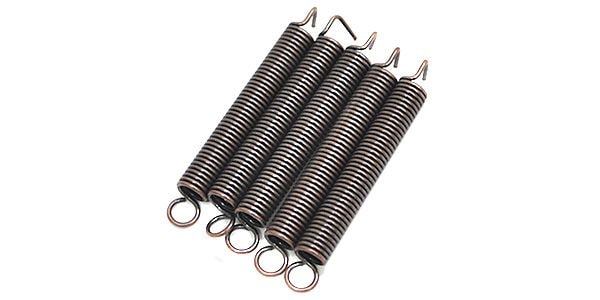
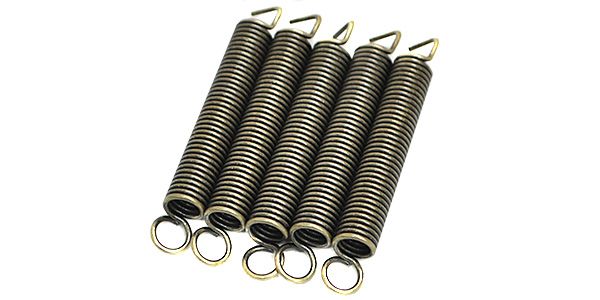
![MONTREUX / Retrovibe Cap “F69” [8985]](https://www.soundhouse.co.jp/images/shop/prod_img/m/mon_8985a.jpg)
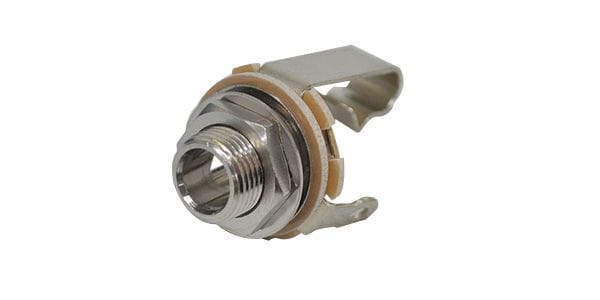


![MONTREUX / Retrovibe Cap “F69” [8985]](/images/shop/prod_img/m/mon_8985a.jpg)
![MONTREUX / Montreux RB Moon Stainless Arm Inch [9689]](/images/shop/prod_img/m/montreux_9689.jpg)










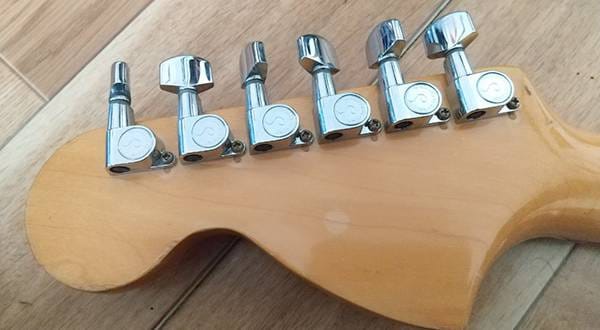
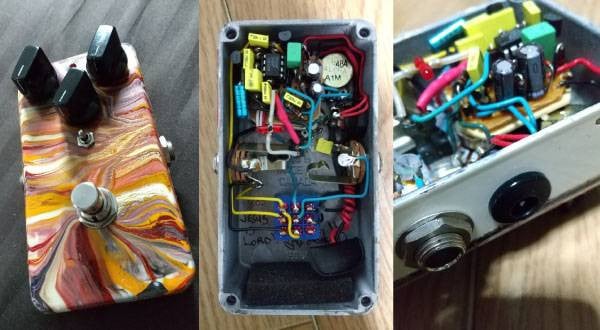
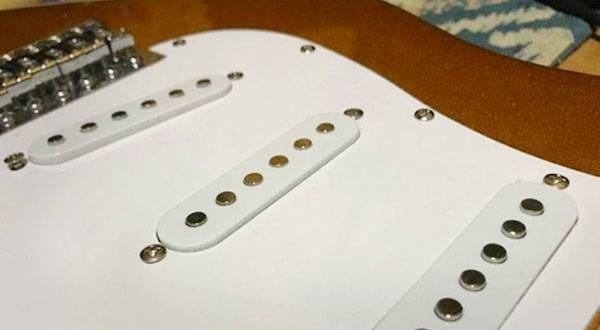
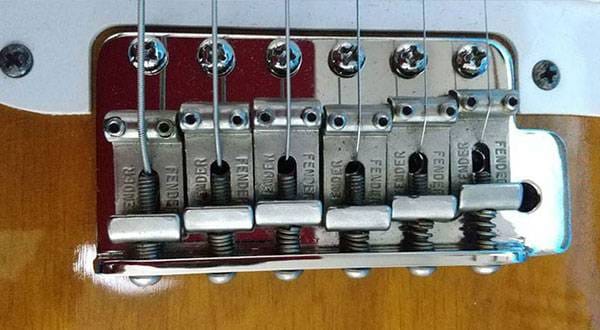
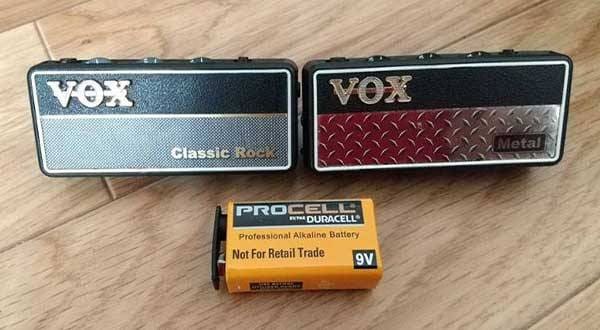

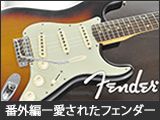 愛されたフェンダーギターたち
愛されたフェンダーギターたち
 ギターの種類
ギターの種類
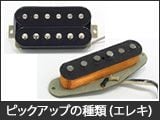 ピックアップの種類(エレキギター)
ピックアップの種類(エレキギター)
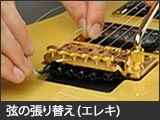 弦の張り替え(エレキギター)
弦の張り替え(エレキギター)
 ギターのお手入れ
ギターのお手入れ
 ギタースタートガイド
ギタースタートガイド















